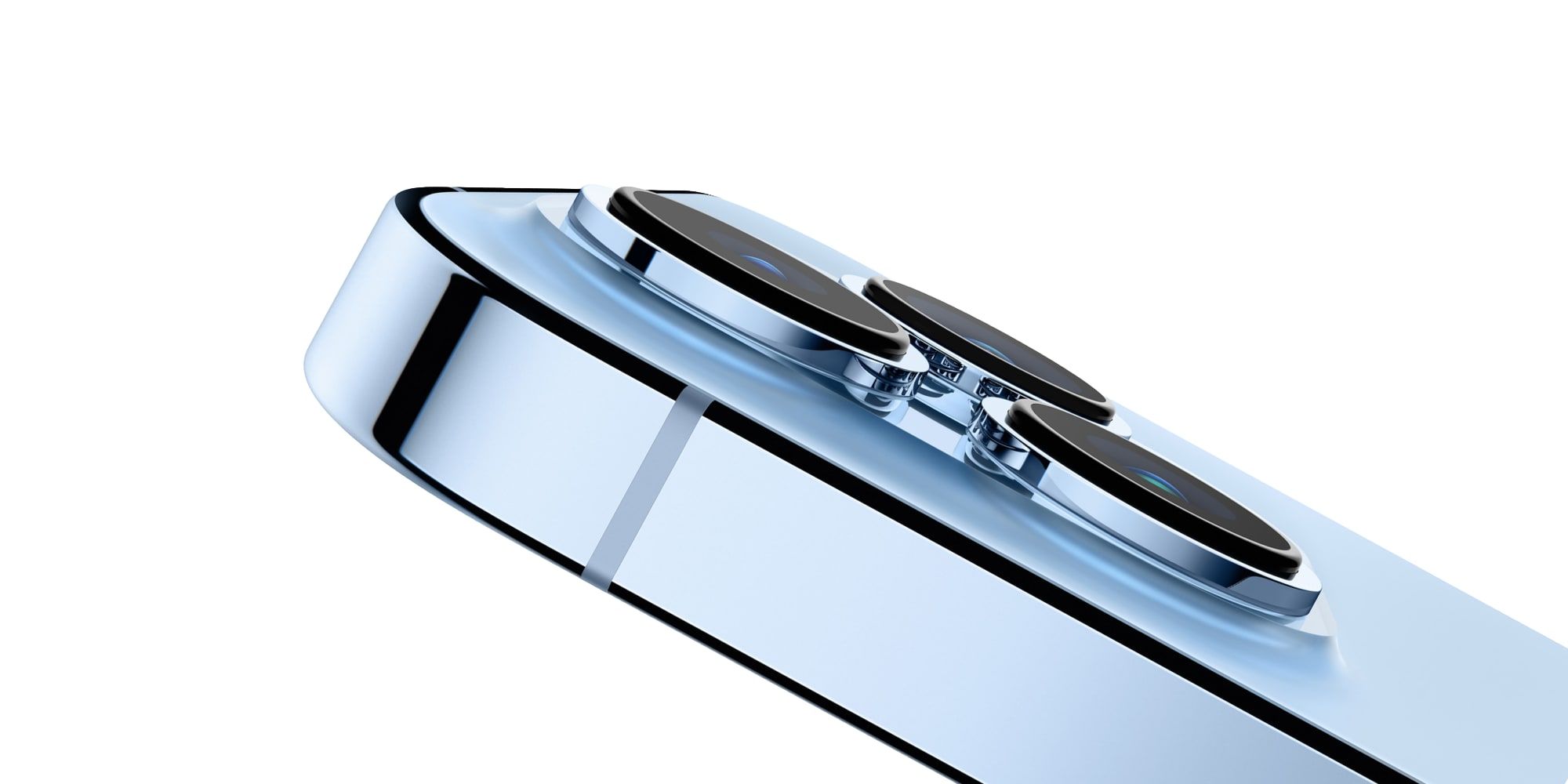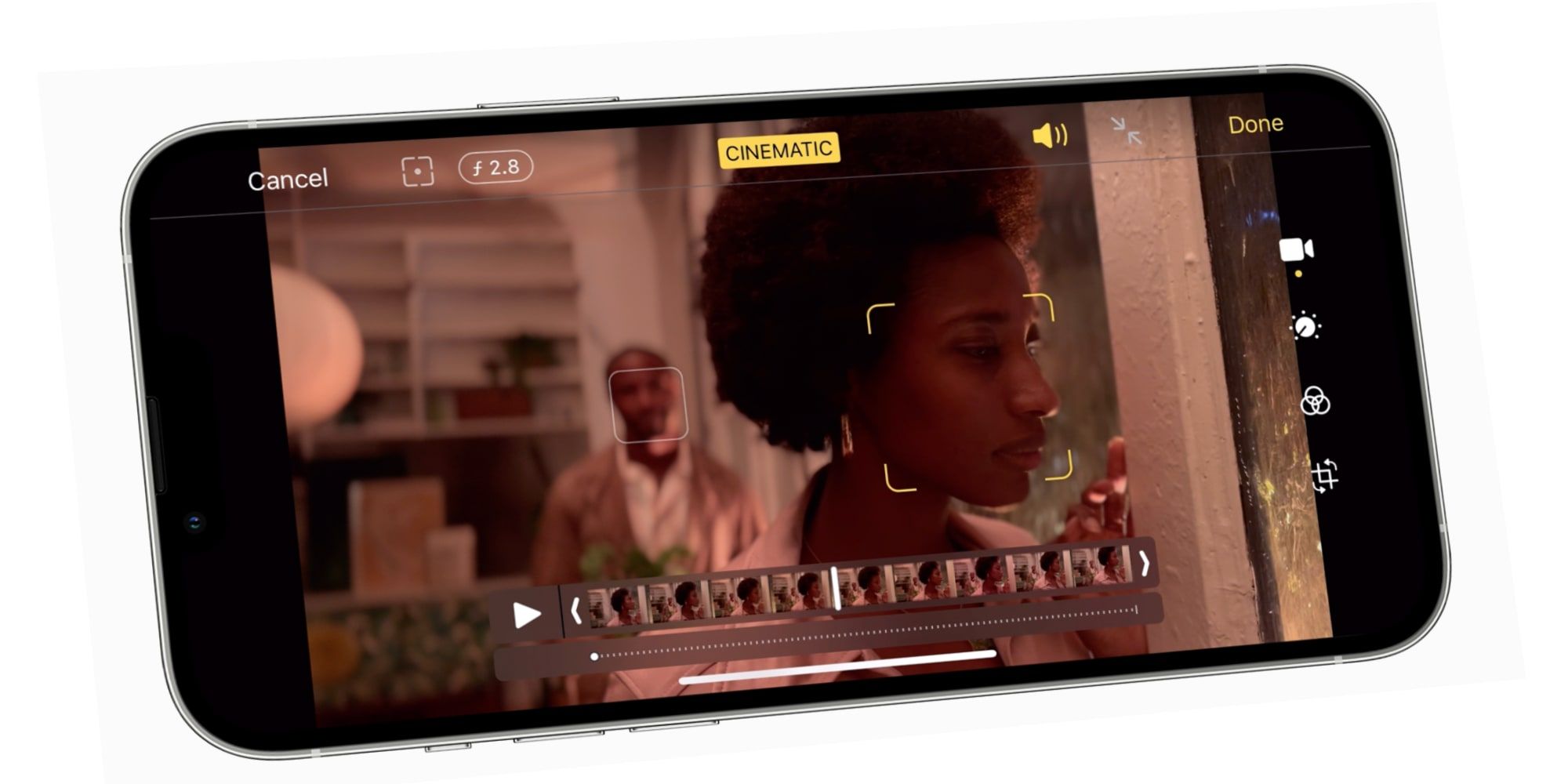The iPhone 13 comes in four models and each has upgraded camera capabilities. Apple made it clear that it intends to push its photo and video capabilities ever higher with the new models, enhancing the hardware and bringing some very interesting new features via the software. The faster A15 processor is part of what makes this possible and Apple improved display brightness and refresh rates as well. It's clear that this year's iPhone event was all about the cameras and the new video upgrades.
Apple's iPhone 12 Pro Max wowed the smartphone industry with advanced camera capabilities that took the iPhone from being just an acceptable mobile photography tool to placing it near the top of the list. With greatly improved Night mode shots and improved Portrait blur that uses the iPhone 12 Pro Max's LiDAR, this model achieves photo quality far beyond lower-cost smartphones. The biggest difference has to do with the image sensor, which is larger than that found in the other three iPhone 12 models. Sensor-shift stabilization is part of that module and moves the entire image sensor on multiple planes, reducing photo blur and unwanted shake in videos.
Apple's latest iPhone 13 ups the ante again with greatly improved camera technology, improved displays, and a faster processor that enables new video capabilities. All four models have larger image sensors and each includes advanced sensor-shift stabilization. With large 1.7 micron pixels, the main camera of the iPhone 13 and 13 mini receives 47-percent more light making low light photography much sharper and more vibrant, while containing less noise. The iPhone 13 Pro models feature even larger 1.9 micron pixels. The Pro models also have a wider f/1.5 aperture, which improves natural bokeh and lets in more light. The ultra-wide camera improved dramatically for the iPhone 13 Pro and Pro Max, moving to an f/1.8 aperture which lets 92-percent more light pass through to the image sensor than last year's f/2.4. The Pro model can get longer range photos with a 77 millimeter equivalent, providing a three times zoom, along with a new macro mode that can focus on objects just two centimeters away.
Apple's Video & Software Upgrades
Camera sensors on all sizes of the iPhone 13 received huge photography improvements. The iPhone 13 Pro models enjoy even more impressive low-light abilities with wider apertures on wide and ultra-wide lenses. Apple didn't stop there, however, as it also brought new video features and software updates for all models. Cinematic video harnesses the power of the A15 chip to intelligently shift focus, similar to the rack focus effect that is often used in movies to add drama to a scene. The iPhone 13 recognizes people moving in from off-screen and shifts focus to the subject the moment they step into frame. The system can also identify if a person in the foreground turns away and the focus will follow, transitioning to make the background sharp and blurring the previous subject. It's one of the things that allow directors to control where the viewer's gaze lands and is a very powerful tool.
The iPhone 13 Pro and Pro Max also gain the option to record in ProRes format, which is a low compression video codec that Apple supports with its professional editing software, Final Cut Pro. For serious videographers this is a great addition since it minimizes artifacts even when heavily processing the video. However, it does use a large amount of space, so a high capacity model would make sense if planning to use this feature extensively. Apple has pushed its camera technology further than ever before, bringing much of the power of the iPhone 12 Pro Max to every iPhone 13 model and enhancing the camera technology of the iPhone 13 Pro models greatly.
Source: Apple


